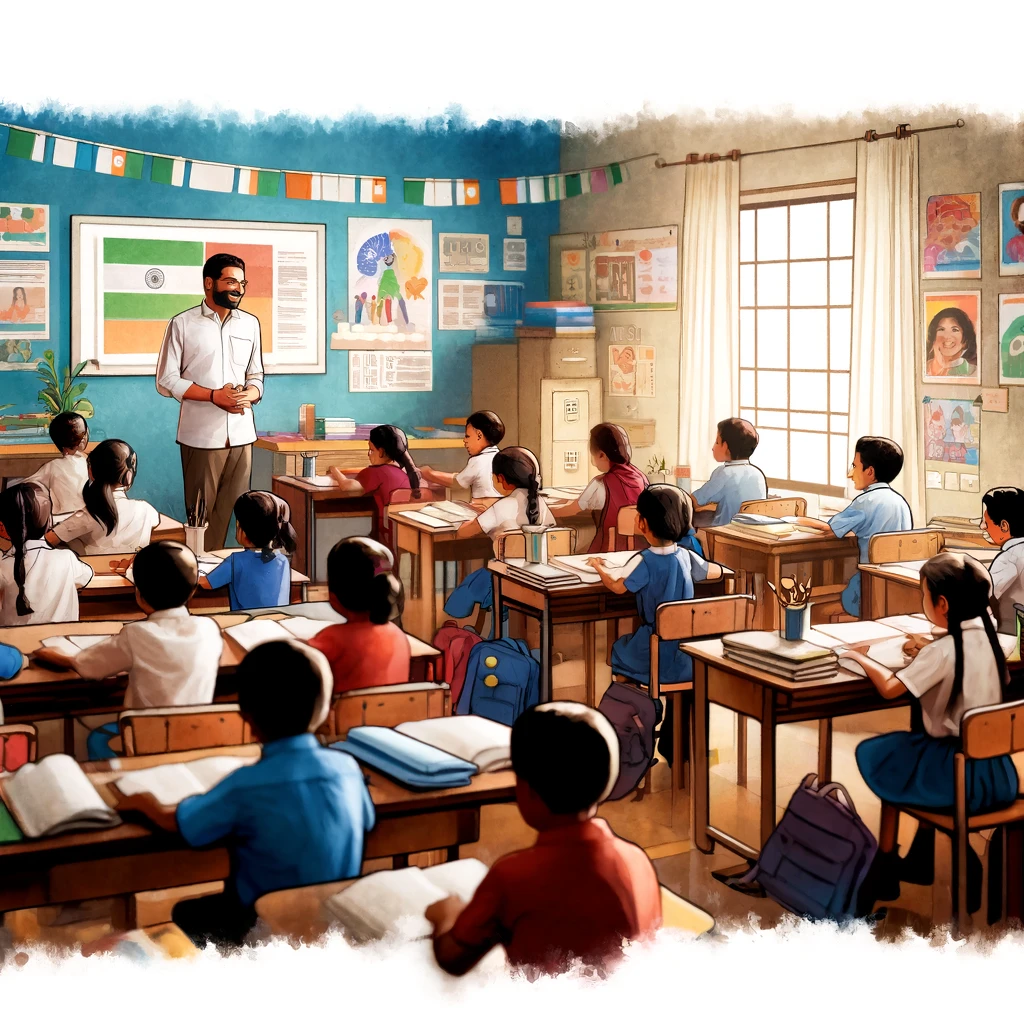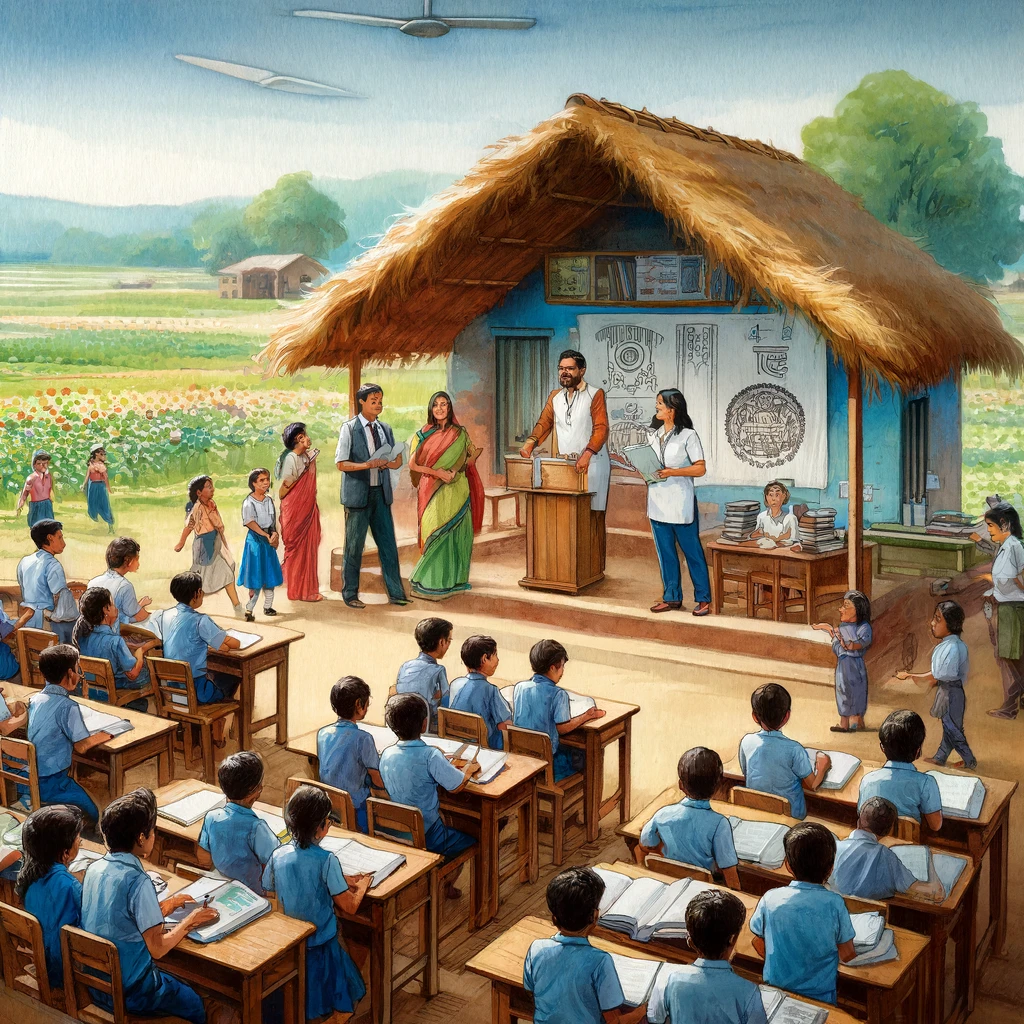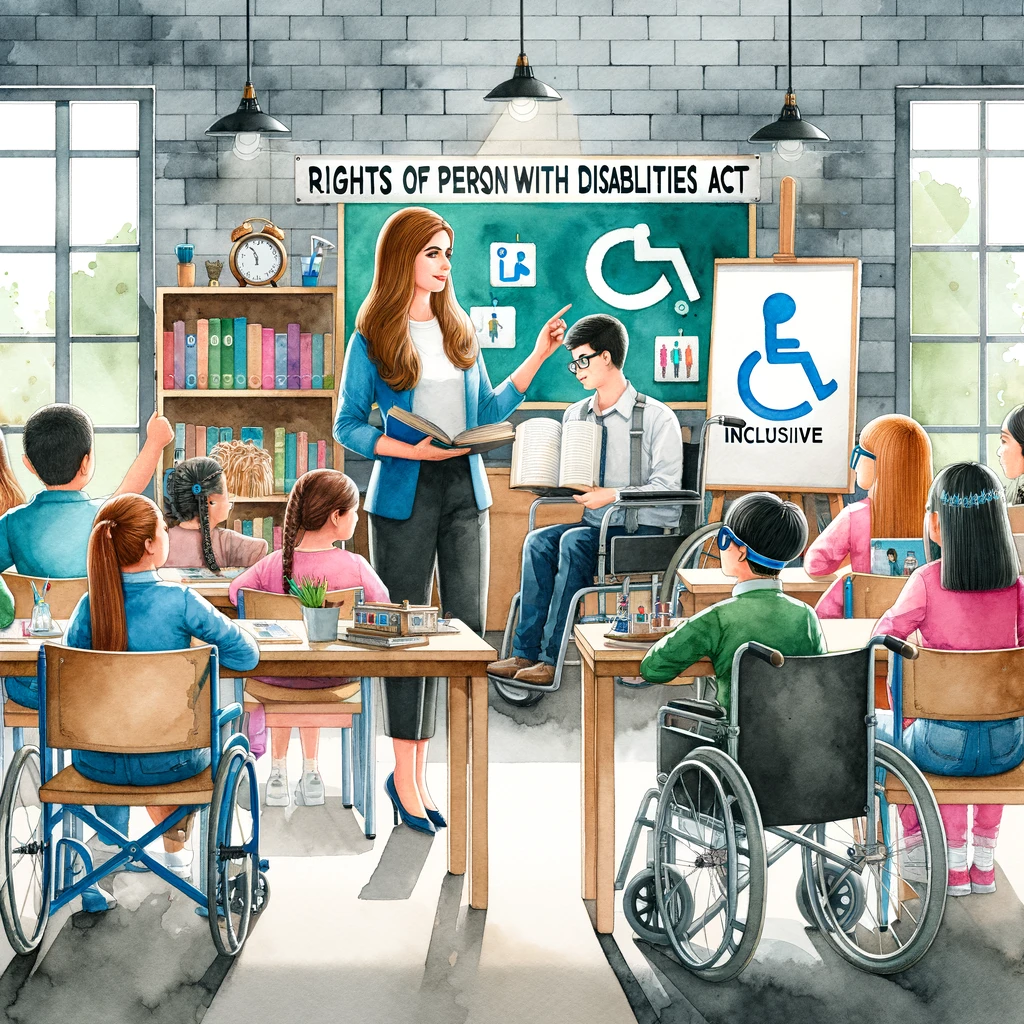
Historical Background and Objectives
The Right to Education (RTE) Act, of 2009 is a significant milestone in India’s educational journey. The genesis of this act can be traced back to the post-independence era, when the Indian Constitution, adopted in 1950, recognized education as a critical aspect of nation-building. Article 45 of the Directive Principles of State Policy initially aimed to provide free and compulsory education to all children until the age of 14 within ten years. However, this goal remained unfulfilled for decades due to various socio-economic challenges.
In 2002, the 86th Constitutional Amendment Act marked a transformative moment by inserting Article 21A, making education a fundamental right. This amendment mandated the state to provide free and compulsory education to all children aged 6 to 14 years. The RTE A”Explore the Right to Education Act, 2009, a landmark in India’s education policy, operationalizing Article 21A to ensure free, compulsory education for children aged 6 to 14.”ct, of 2009, was enacted to operationalize this constitutional mandate, ensuring that every child has access to quality education without any discrimination.
Key Provisions
The RTE Act, of 2009, contains several critical provisions aimed at universalizing elementary education in India:
- Free and Compulsory Education: Ensures that children between the ages of 6 and 14 receive free education, removing any financial barriers.
- Neighborhood Schools: Mandates the establishment of schools within a specified distance from the child’s residence.
- Infrastructure and Teachers: Set norms and standards for school infrastructure, teacher qualifications, and pupil-teacher ratios.
- No Detention Policy: Prohibits the expulsion or detention of children until the completion of elementary education.
- Curriculum and Evaluation: Emphasizes a child-centric and activity-based curriculum with continuous and comprehensive evaluation (CCE) to track student progress.
- Reservation for Disadvantaged Groups: Requires private, unaided schools to reserve 25% of seats for children from economically weaker sections and disadvantaged groups.

Implementation and Challenges
The implementation of the RTE Act involves coordinated efforts from both central and state governments. Key strategies include:
- Sarva Shiksha Abhiyan (SSA): This flagship program aims to achieve universal elementary education by providing additional funding, infrastructure, and teacher training.
- Mid-Day Meal Scheme: Enhances student enrollment and retention by providing nutritious meals at schools.

Despite these efforts, several challenges impede the effective implementation of the RTE Act:
- Infrastructure Deficits: Many schools, especially in rural areas, lack adequate infrastructure, including classrooms, toilets, and drinking water facilities.
- Teacher Shortage and Quality: There is a significant shortage of qualified teachers, and the existing ones often lack proper training.
- Financial Constraints: Limited budget allocations hinder the construction of new schools and the maintenance of existing ones.
- Awareness and Enforcement: Low awareness among parents and communities about the provisions of the RTE Act and weak enforcement mechanisms reduce its impact.
Impact Assessment
The RTE Act has had a mixed impact on India’s education system:
- Enrollment Rates: The act has significantly increased enrollment rates, especially among disadvantaged groups. According to government reports, the enrollment rate for children aged 6-14 has reached over 96%.
- Dropout Rates: While dropout rates have declined, they remain a concern, particularly among girls and children from marginalized communities.
- Quality of Education: The focus on enrollment has often overshadowed the quality of education. Many schools still grapple with inadequate teaching methods and learning outcomes.
Case Study: Kerala vs. Bihar
Kerala, with its strong emphasis on education and robust infrastructure, has successfully implemented the RTE Act, resulting in high enrollment and low dropout rates. In contrast, Bihar faces significant challenges due to poor infrastructure and teacher shortages, leading to lower educational outcomes despite high enrollment rates.
Future Directions
To further strengthen the RTE Act and address existing challenges, the following measures are necessary:
- Enhanced Funding: Increase budget allocations for school infrastructure and teacher salaries.
- Teacher Training: Implement comprehensive training programs to enhance teacher quality and effectiveness.
- Monitoring and Evaluation: Establish robust mechanisms for monitoring school performance and student learning outcomes.
- Community Involvement: Engage communities and local bodies in school management and decision-making processes.
- Focus on Quality: Shift the focus from mere enrollment to ensuring quality education through improved curricula and teaching methodologies.
Interviews with Educators and Policymakers
Dr. Rajesh Sharma, Education Policy Expert:
“The RTE Act is a progressive step, but its success hinges on continuous monitoring and adapting strategies to local contexts. We need to prioritize teacher training and community involvement to achieve holistic educational development.”
Ms. Anjali Verma, School Principal in Uttar Pradesh:
“The RTE Act has brought many children into the fold of formal education. However, we face daily challenges due to inadequate infrastructure and a lack of trained teachers. There is a need for more targeted interventions.”
Conclusion
The RTE Act, 2009, is a landmark legislation aimed at democratizing education in India. While it has made significant strides in increasing enrollment rates and ensuring access to education, substantial efforts are required to overcome infrastructural, financial, and qualitative challenges. With concerted efforts from all stakeholders, India can achieve the true spirit of the RTE Act, ensuring every child receives quality education and opportunities for a brighter future.



